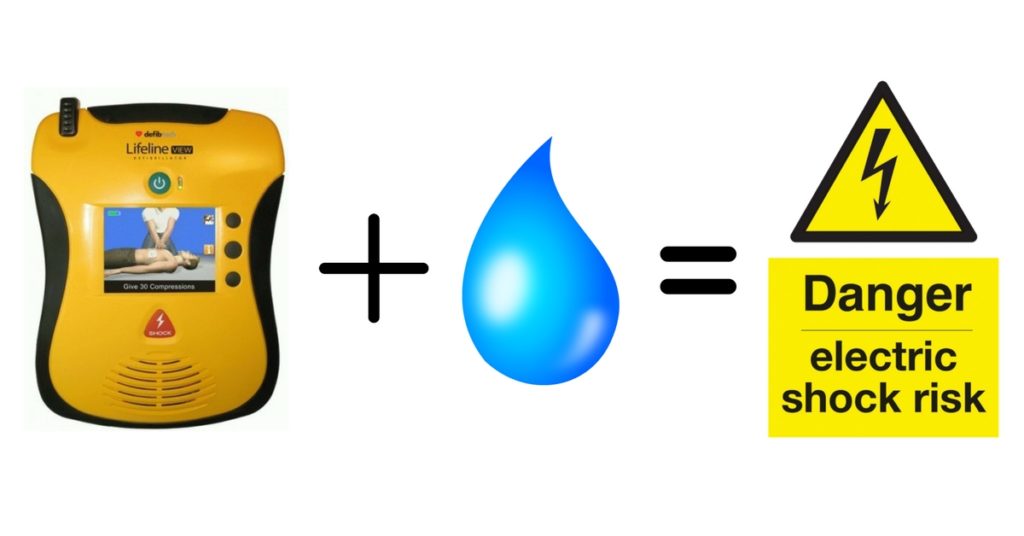- AHA Training Materials
By Course
By Item
By Year
- CPR Manikins
By Series
By Type
- CPR Training Accessories
By Brand
By Type
- AED Trainers
By Item
By Brand
- REQUEST A QUOTE
- SPECIALS

There is no doubt that Automated External Defibrillators have the power to save lives. Cardiac arrest that happens outside of the hospital affects more than 300,000 people every year. In many cases of sudden cardiac arrest, the victim experiences ventricular fibrillation, a condition where the lower chambers of the heart begin to quiver rather than beat rhythmically. In this case, the only course of action that can bring a person’s heart back into normal rhythm is administering electricity either internally (directly in contact with the heart), externally (against the skin of a person’s chest), or in a pulsing manner (via manual defibrillator). In the case of AEDs, this electrical shock is administered externally and all at once. Here is one of many different AEDs we carry at One Beat Medical. As tempting as it may be to wait for emergency medical personnel, time works against the person experiencing the heart attack. For every minute that goes by without CPR or other medical intervention, the victim’s chances of survival decrease by as much as 10 percent. The availability of AEDs has helped to increase the likelihood of survival amongst those who experience a cardiac event in the proximity of both the machine and a person willing to use it. However, there is another question that must be asked.
The answer comes down to one word: safety. When the AED cannot accurately analyze the victim’s condition before using or when using the AED presents a safety problem for the victim or those around them, it is better to not use the AED than attempt to use it in an unsafe manner. While several conditions can affect an AED’s accuracy, some of the most common include:
In each of these cases, the AED cannot effectively read the victim’s current heart rhythm and cannot accurately administer an electrical shock. Doing so despite the inaccuracy of the machine can result in significant injury to the victim and bystanders alike. Likewise, there are instances where using an AED presents a safety problem to the people around the victim. If the victim is lying in water, even if it is only a puddle, it is possible for the electrical current to carry to bystanders, including the person attempting to save them. An AED should also never be used around combustible materials, solvents, fuel, or flowing oxygen. The victim should instead be taken to a safe location before administering any electrical shock. If the victim is wet, they should be taken to a dry location, have their wet clothing removed, and have their skin dried before proceeding. Bottom line, the times when you should use an AED far outweigh the instances where you should not.  For more information on how AEDs save lives or to purchase an AED for your office, school, store, or home, view new and recertified AEDs here or call 855-ONE-BEAT to discuss your AED needs with a qualified customer service representative.
For more information on how AEDs save lives or to purchase an AED for your office, school, store, or home, view new and recertified AEDs here or call 855-ONE-BEAT to discuss your AED needs with a qualified customer service representative.